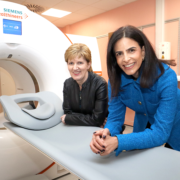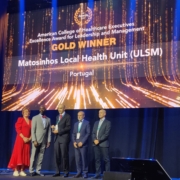KeraLink International provides $2.5m seed funding to enable development of bioengineered corneal implants
KeraLink International (KLI) has provided $2.5 million in seed funding for Pantheon Vision (PV) to launch the development of novel bioengineered corneal implants to help eradicate corneal blindness in both developed and low- and middle-income countries (LMICs).










